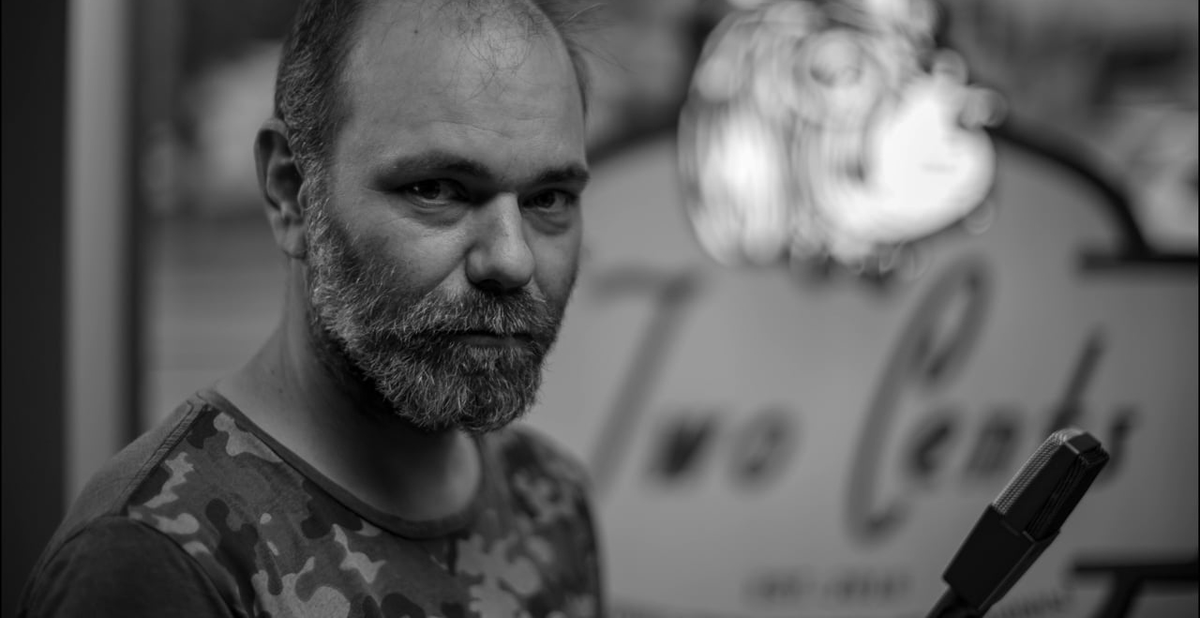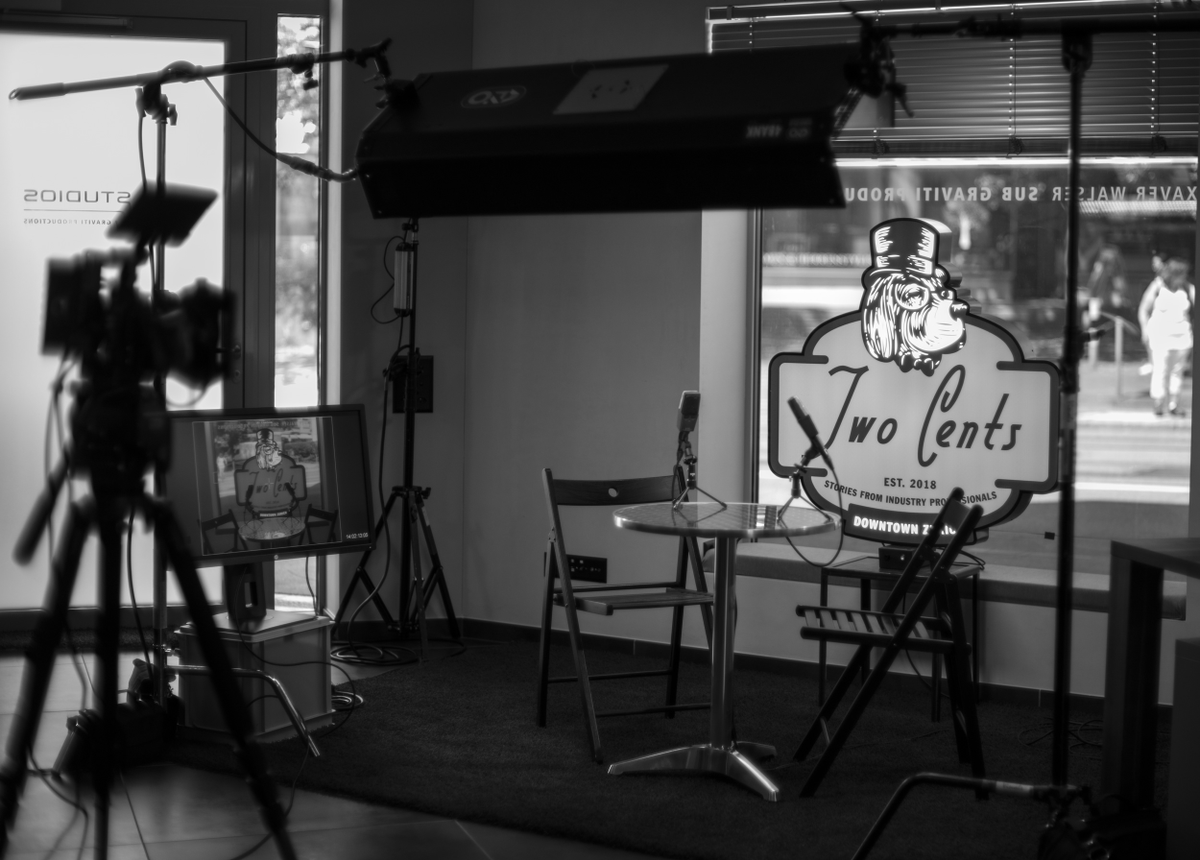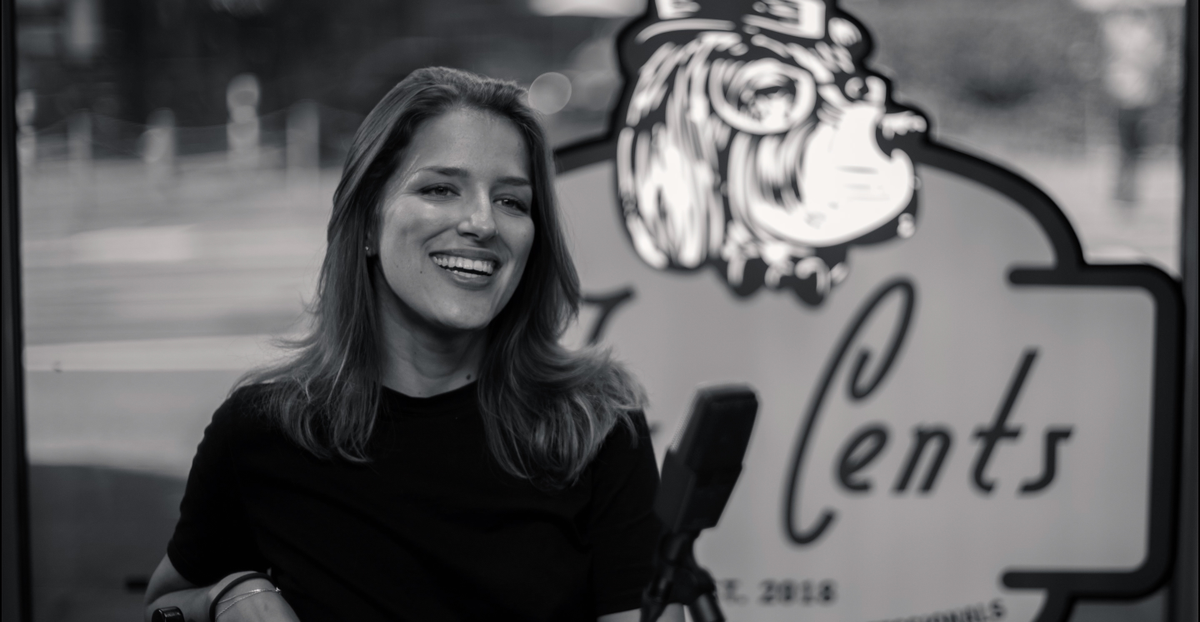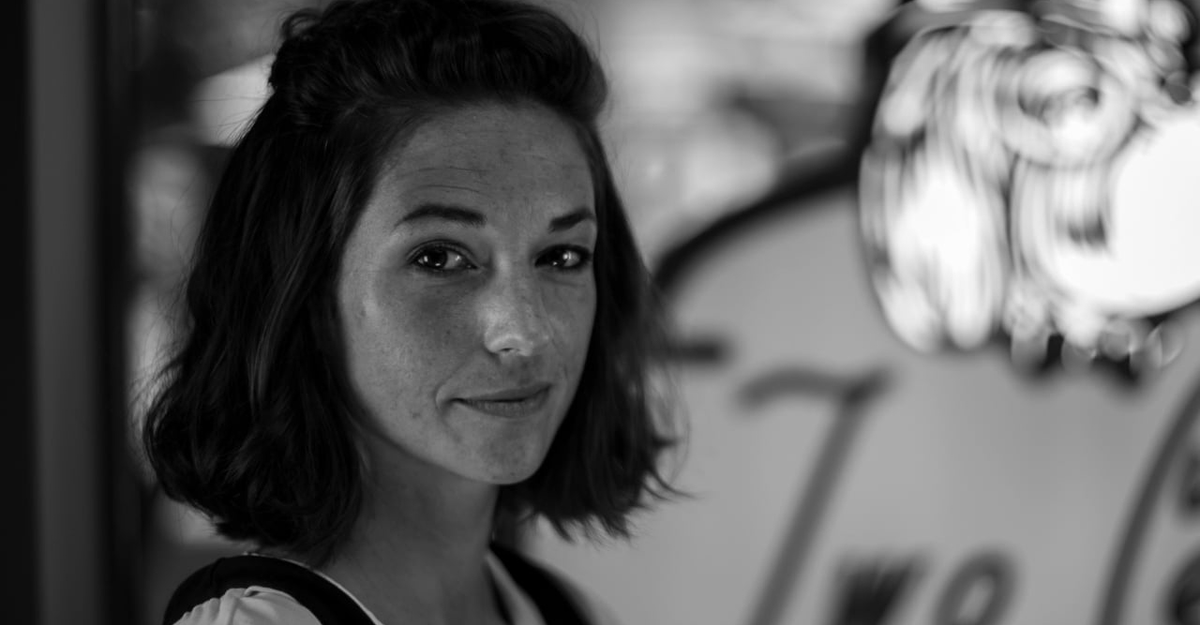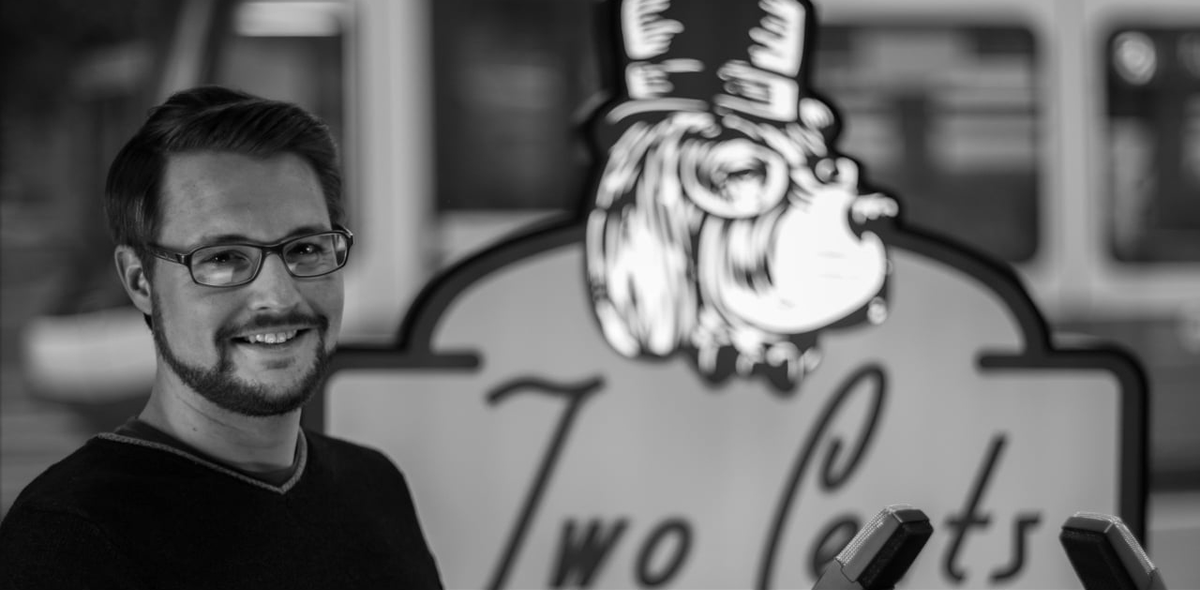Colourist Roger Sommer, giving us his Two Cents, on how colour can tell a story, warm for happy, cold for sad and how you should do what you love and then things will work by themselves.
From all the professions you can choose, you became a colorist, why?
That happened by accident, a friend of mine was a colorist already and I worked as a polygraph. We made some movies and it didn’t look good, so color grading was the only way to make it look nicer. As we didn’t have budget, I had to do it by myself.
What color system do you use and why?
I use DaVinci Resolve mainly, and Baselight. Baselight is the more expensive one and DaVinci is the cheap one. Every company use one of these two systems.
You can also choose to work with programs like Adobe, why do you rather prefer to work with DaVinci or Baselight?
DaVinci is the best by far for making special color corrections. It allows you to work fast and precise. On Adobe there is not that most possibilities. You need way more time to get to the same result.
So you can still achieve similar results but the process is more painful?
Yes indeed. More painful and it takes way more time.
When you are commissioned to do a color grade where do you start? Can you explain the process?
First we talk with the director and the DOP about what they want and in which direction it should go. Then, I set up all the parameters, dimension, frame per second, what kind of material it is, color space, etc… It has to be set up right in the right way from the beginning so that we can work properly. I normally start with some key shots, single shot and close up to see the skin tones, if it works and what we think is going to work.

Do you often work with LUTs?
Yes I mostly work with LUTs. It makes the work easier and then we have more time for other things.
Do you design your own LUTs or do you buy LUTs?
Both, there is some nice set LUTs. I would go from LUTs and make some adjustment by myself. Sometimes I create them even before the shoot, so that they can use them on the monitor.
So during the shoot they can already see what kind of look it will be?
Yes exactly, I do it especially on big projects like series or movies.
As a filmmaker I would consider storytelling is the key to a good film. How would you apply color to storytelling?
It depends on what we want to say on this particular scene. Then we try and see if it works. Warm is for happy, cold for sad stories, hard pictures for action… there are so many different ways to express something with colors.
I have seen some of your work which is also very nice in black and white. Why would you choose a B&W picture above a color picture?
That is actually not my decision but the decision of other people, DOP or director. I can only try to make the best of it. I am not the one who make that decision.

Do you prefer to work in color or black and white? Or is it similar?
That’s similar. I love black and white picture, but I also like color pictures of course… I think you can’t compare.
Where do you find your inspiration? Who do you look up to?
I take inspiration from anywhere. From cinema, youtube, magazines, every kind of picture and in real life. I look outside and see some kind of color that I like… Inspiration is everywhere, anywhere.

What are the steps to success?
Practice and passion. When you can do what you like, it will work by itself.
What drives you and motivates you?
Well.. just good pictures. The curiosity that will happen depending on which client, which camera, maybe a new camera, if it is a completely new idea express on a picture.
Interviewed by Xaver Walser
‹


